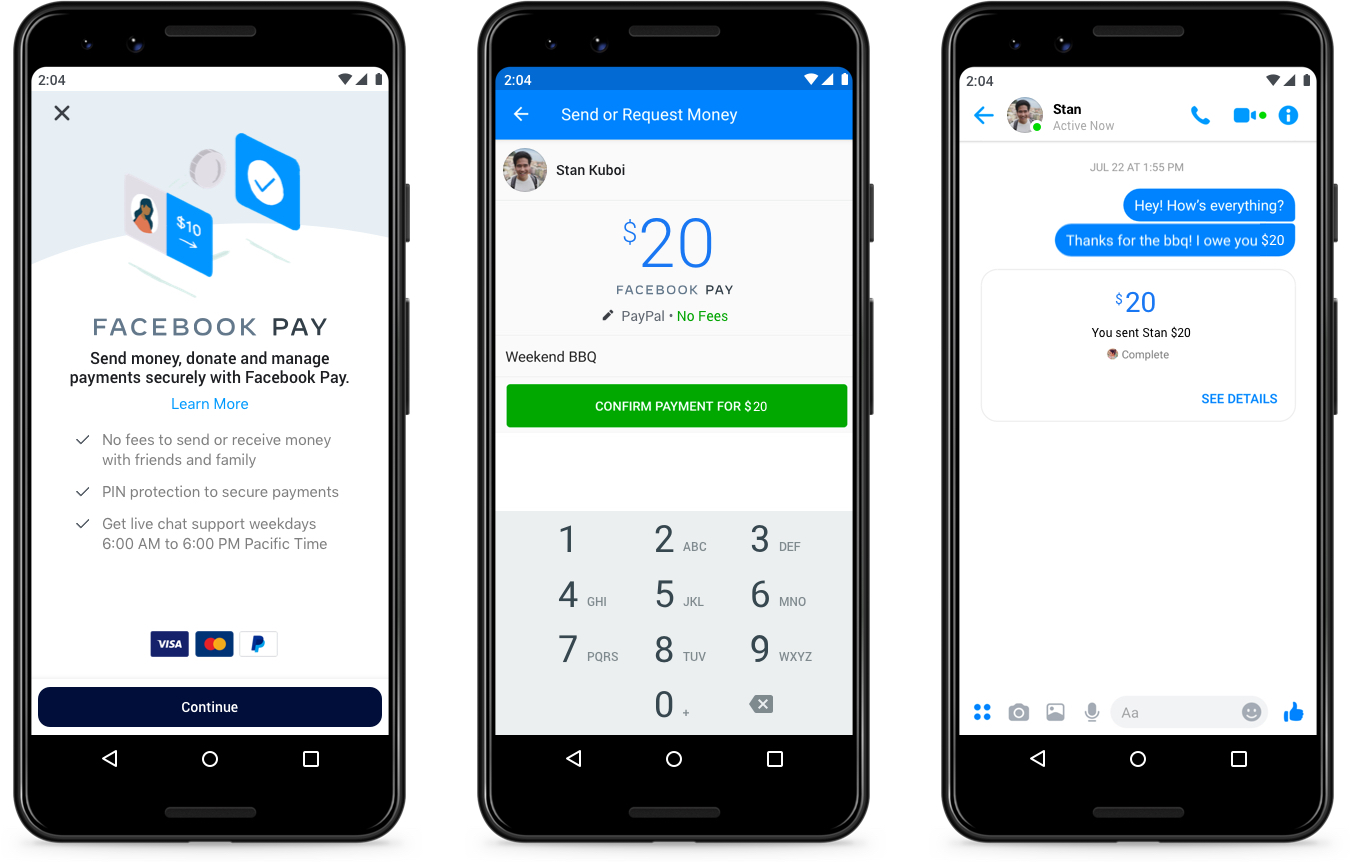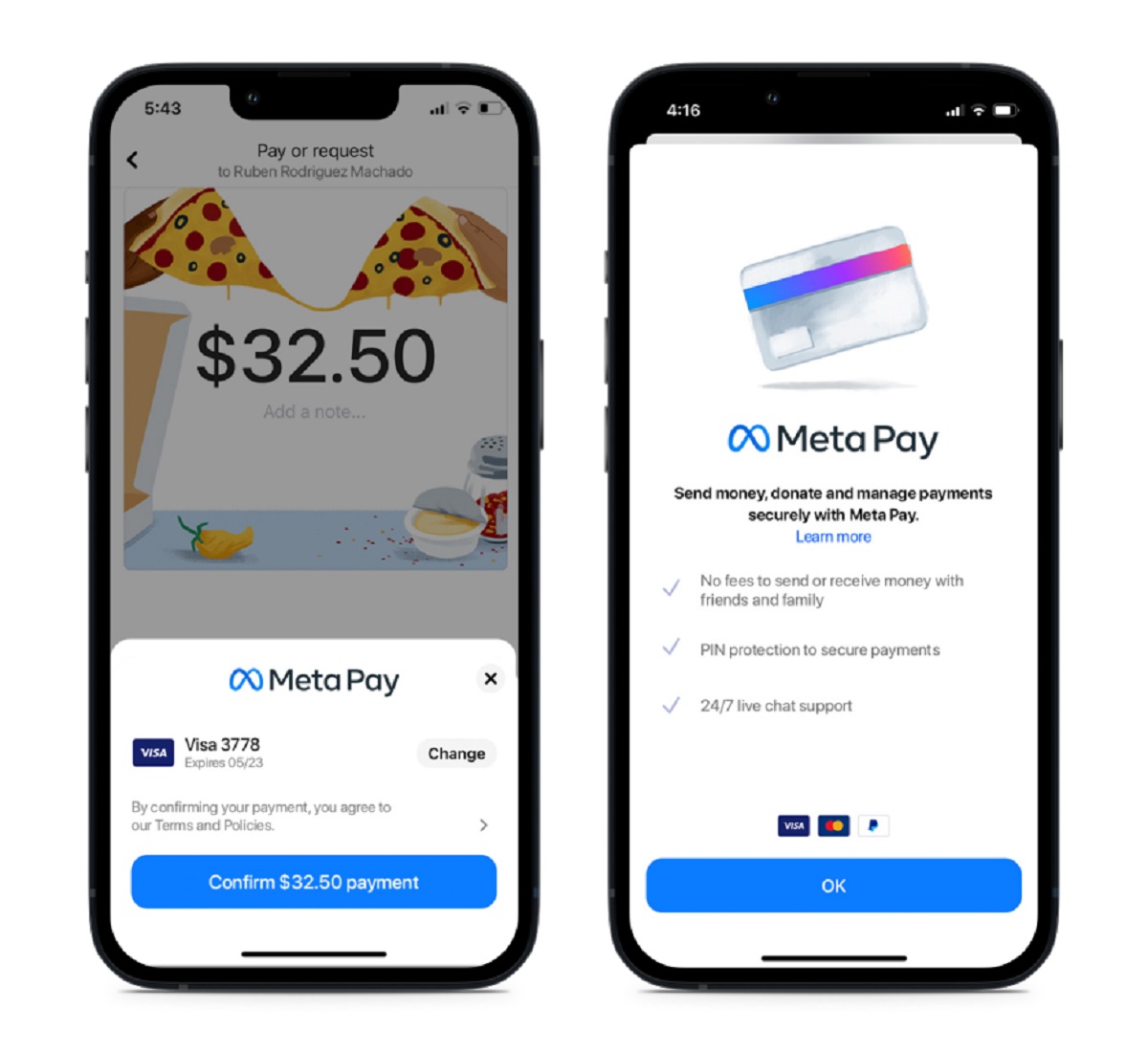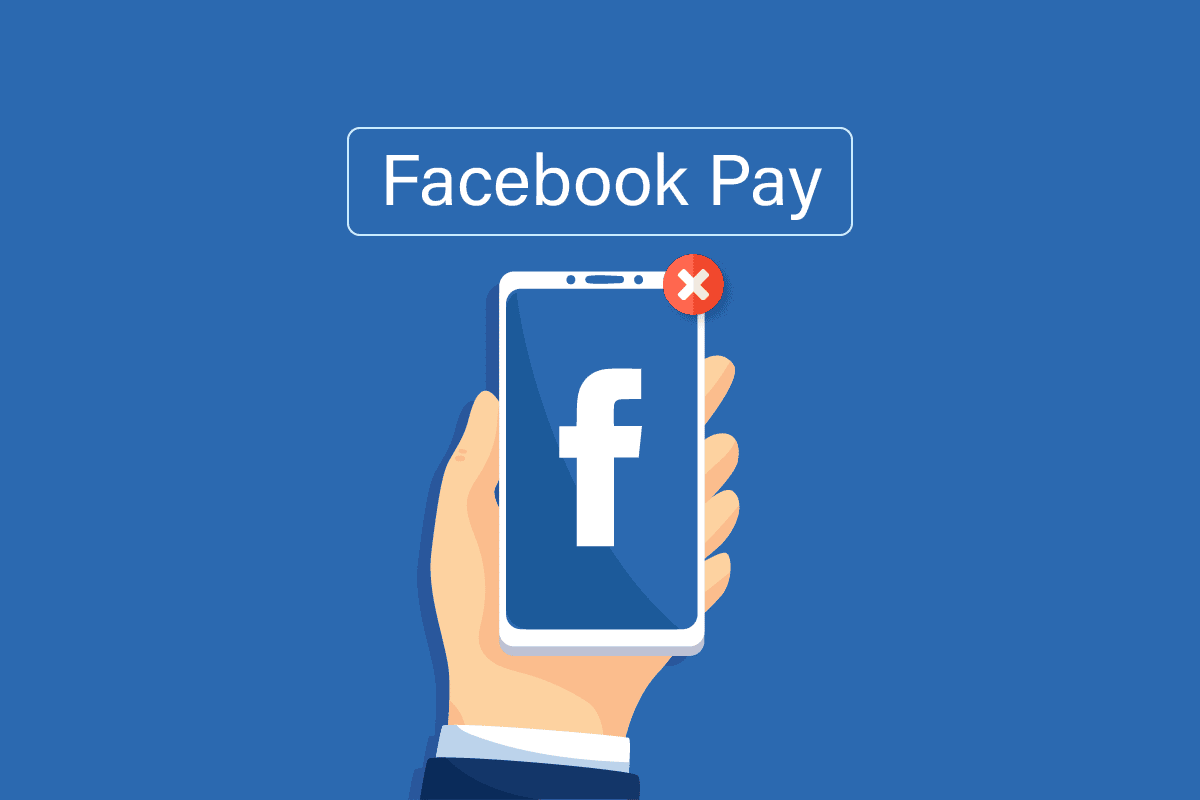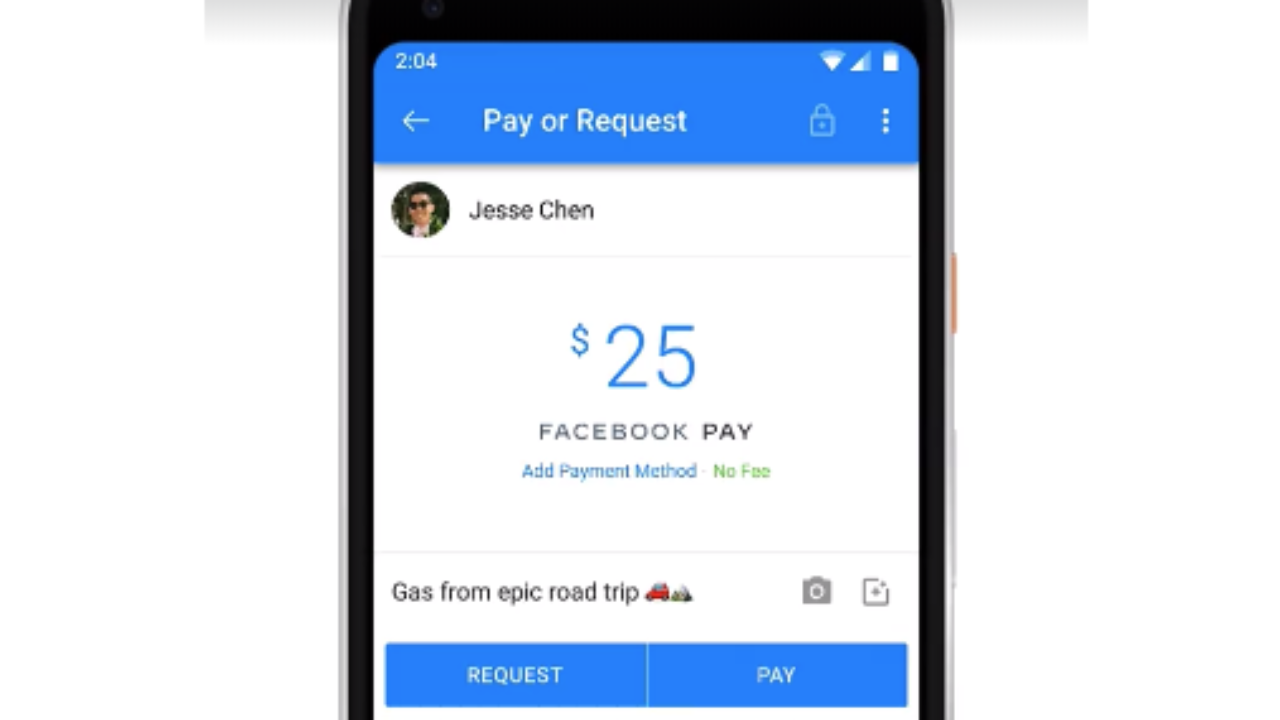Introduction
In this digital era, online payment platforms have become an integral part of our lives. Facebook Pay, the payment service offered by Facebook, allows users to send and receive money conveniently and securely. However, there may be occasions when you need to dispute a Facebook Pay transaction due to unauthorized charges, incorrect amounts, or other issues.
Disputing a Facebook Pay transaction can be a confusing and frustrating process, but with the right knowledge and steps, you can increase your chances of a successful resolution. In this article, we will guide you through the necessary steps to dispute a Facebook Pay transaction effectively.
It’s essential to emphasize that before initiating a dispute, you should make reasonable attempts to resolve the issue directly with the recipient. Communication is often the key to resolving misunderstandings, and reaching out to the other party can help resolve the dispute amicably.
However, if your attempts to resolve the issue directly do not yield satisfactory results, you can proceed with the dispute process outlined in the following steps. Let’s dive into the details of each step, which will provide you with a clear roadmap for resolving your Facebook Pay dispute.
Step 1: Gather Evidence
When disputing a Facebook Pay transaction, the first step is to gather all the necessary evidence to support your claim. Documentation and evidence will strengthen your case and help you prove that there is a valid reason for disputing the transaction.
Here are some important pieces of evidence you should gather:
- Transaction Details: Make sure to collect information such as the date, time, and amount of the transaction.
- Screen Captures: Take screenshots or screen recordings of any relevant conversations, transactions, or error messages related to the disputed payment.
- Emails or Messages: If you have any email correspondence or messages with the recipient regarding the transaction, save them as evidence.
- Bank or Credit Card Statements: Retrieve your bank or credit card statements that show the transaction in question. This will validate the amount deducted from your account.
- Other Supporting Documents: Any additional documents that demonstrate the discrepancy or unauthorized nature of the transaction can be valuable evidence. For example, if you have proof that you were not in the location where the transaction took place, gather that evidence as well.
Having a well-documented case with supporting evidence will significantly increase the chances of a successful dispute. Ensure that all evidence is accurate, clear, and easily understandable.
Remember to keep the original copies of all documents and make copies for your records. Having a backup of your evidence is crucial in case anything gets lost or misplaced during the dispute resolution process.
Once you have gathered all the necessary evidence, you are ready to proceed to the next step: reviewing Facebook’s Terms of Service.
Step 2: Review Facebook’s Terms of Service
Before moving forward with disputing a Facebook Pay transaction, it is important to familiarize yourself with Facebook’s Terms of Service. Understanding the terms and conditions related to payments and disputes will provide you with valuable information on how to proceed and what to expect during the process.
To review Facebook’s Terms of Service, follow these steps:
- Visit the Facebook website and login to your account.
- Click on the “Help Center” option, usually located at the bottom of the Facebook homepage.
- Search for “Facebook Pay” in the search bar of the Help Center.
- Select the relevant article or section pertaining to payments and disputes.
- Read through the Terms of Service carefully, paying close attention to the sections regarding disputing transactions.
Understanding Facebook’s Terms of Service is crucial as it will outline the specific guidelines and procedures for disputing a transaction. It will also provide you with insights into the timeframe within which you are required to file a dispute and any other relevant information.
It is important to note that Facebook’s Terms of Service may be subject to updates or revisions. Therefore, make sure you review the most recent version to ensure you have the most accurate and up-to-date information.
Once you have familiarized yourself with Facebook’s Terms of Service, you are ready to proceed to the next step: contacting Facebook Support.
Step 3: Contact Facebook Support
If you have been unable to resolve the dispute directly with the recipient and have gathered the necessary evidence, it’s time to reach out to Facebook Support for assistance. Facebook provides various channels through which you can contact their support team.
Follow these steps to contact Facebook Support:
- Log in to your Facebook account.
- Click on the question mark icon in the top-right corner of the Facebook homepage.
- Select the “Help Center” option from the drop-down menu.
- In the Help Center, navigate to the “Support Inbox” section.
- Click on the “Contact Support” button.
- Choose the relevant category for your issue, such as “Payments and Refunds.”
- Provide all the necessary information about the disputed transaction, including the transaction details and the evidence you have gathered.
- Submit your message to Facebook Support.
Be sure to provide a clear and detailed explanation of the situation, along with all the supporting evidence and documentation. The more precise and thorough you are in describing the issue, the better the chances of a quick and favorable resolution.
After contacting Facebook Support, be patient while waiting for their response. It may take some time depending on their workload and the complexity of the issue. In some cases, they may request additional information or clarification before proceeding with the dispute resolution process.
Once you have contacted Facebook Support, the next step is to proceed with disputing the transaction with your bank or credit card company, which we will discuss in the next step.
Step 4: File a Dispute with Your Bank or Credit Card Company
If the issue remains unresolved after contacting Facebook Support, the next step is to file a dispute with your bank or credit card company. Depending on how you made the payment, this step will involve reaching out to the financial institution that issued your credit card or authorized the payment.
Follow these steps to file a dispute with your bank or credit card company:
- Gather all the relevant documentation and evidence related to the disputed transaction. This includes transaction details, screenshots, emails, and any other supporting evidence.
- Contact your bank or credit card company’s customer service department using the phone number provided on the back of your card or through their online banking portal.
- Explain the situation to the customer service representative and provide them with the necessary details and evidence.
- They will guide you through the specific process for filing a dispute, which may involve filling out a form or providing a written statement.
- Make sure to comply with any additional requirements or procedures required by your bank or credit card company.
- Keep records of all communication and correspondence with your financial institution, including reference numbers and the names of the representatives you spoke to.
It’s crucial to take prompt action when filing a dispute with your bank or credit card company, as most institutions have time limits for reporting such issues. Delaying the process might limit your chances of a successful resolution.
Once you have filed a dispute with your bank or credit card company, they will initiate their investigation into the transaction and communicate with the appropriate parties, including Facebook. They will also advise you on any further steps to take during the resolution process.
Now that you have filed a dispute with your financial institution, let’s move on to the next step: engaging in communication with Facebook.
Step 5: Engage in Communication with Facebook
While your bank or credit card company is investigating the dispute, it is essential to maintain open communication with Facebook. This step involves actively engaging in communication with Facebook’s support team, responding to any inquiries or requests for information promptly.
Here’s how you can effectively engage in communication with Facebook:
- Check your Support Inbox on Facebook regularly for any updates or messages from Facebook’s support team.
- Respond promptly to any requests for additional information or clarification regarding your dispute.
- Provide accurate and detailed responses, addressing all the points raised by Facebook’s support team.
- Keep a record of your communication with Facebook, including dates, times, and any reference numbers or case IDs provided.
- Be patient throughout the process, as it may take some time for Facebook to thoroughly investigate the dispute.
During this stage, it’s crucial to remain calm and professional in your communication with Facebook. Present your case clearly and stick to the facts, avoiding any emotional or confrontational language. By approaching the situation in a respectful and cooperative manner, you increase the likelihood of a positive outcome.
Remember that Facebook’s support team is responsible for handling numerous cases, so delays in response may occur. However, if you feel that your case is being unreasonably delayed or mishandled, you can follow up with a polite inquiry or consider seeking legal advice, which leads us to the next step.
Now that you are engaged in communication with Facebook, let’s move on to the final step: seeking legal advice if necessary.
Step 6: Seek Legal Advice if Necessary
If all previous steps have been exhausted and the dispute remains unresolved, it may be worthwhile to seek legal advice. Consulting with a lawyer who specializes in consumer rights or online payment disputes can provide you with expert guidance on the best course of action.
Here’s what you should consider when seeking legal advice:
- Research and select a lawyer experienced in handling similar cases involving online payment disputes or consumer rights.
- Provide the lawyer with all the relevant documentation, evidence, and communication history related to the dispute.
- Discuss your options with the lawyer and understand the potential outcomes, costs, and timelines associated with pursuing legal action.
- Consider the overall monetary value of the disputed transaction and whether it justifies the expenses and efforts involved in pursuing legal action.
- If you decide to proceed with legal action, follow your lawyer’s guidance closely and provide them with any additional information or documentation they may need.
It’s important to keep in mind that pursuing legal action can be a complex and time-consuming process. It may also involve additional costs, such as legal fees and court fees. Therefore, carefully evaluate the feasibility and potential benefits before making a decision.
Additionally, keep in mind that laws and regulations regarding online payment disputes may vary depending on your jurisdiction. Your lawyer will guide you through the specific legal aspects applicable to your case.
While seeking legal advice should be considered a last resort, it can be a valuable step if all other avenues have been exhausted and your dispute remains unresolved.
Now that we have discussed the steps for disputing a Facebook Pay transaction and seeking legal advice if necessary, you can proceed with confidence and take the necessary actions to resolve your dispute.
Conclusion
Disputing a Facebook Pay transaction can be a challenging and frustrating experience, but by following the steps outlined in this guide, you can increase your chances of achieving a successful resolution. Remember that open communication, gathering evidence, and understanding Facebook’s Terms of Service are crucial aspects of the process.
Start by gathering all the necessary evidence to support your claim and ensure its accuracy and clarity. Review Facebook’s Terms of Service to familiarize yourself with the guidelines and procedures for disputing a transaction.
If you are unable to resolve the issue directly with the recipient, contact Facebook Support and provide them with all the necessary details and evidence. Concurrently, file a dispute with your bank or credit card company and engage in communication with both parties throughout the resolution process.
If the dispute remains unresolved, consider seeking legal advice from a specialist in consumer rights or online payment disputes. They can provide you with valuable guidance on the best course of action and potential legal remedies.
Remember to remain patient and professional throughout the process, keeping accurate records of all communication and documentation. Explore all available avenues before resorting to legal action, weighing the costs and potential outcomes.
Resolving a Facebook Pay dispute may require persistence and perseverance, but by following these steps, you can navigate the process more effectively and increase the likelihood of a satisfactory resolution.
Now, armed with this knowledge, you can take the necessary steps to dispute a Facebook Pay transaction confidently and protect your rights as a consumer.

























